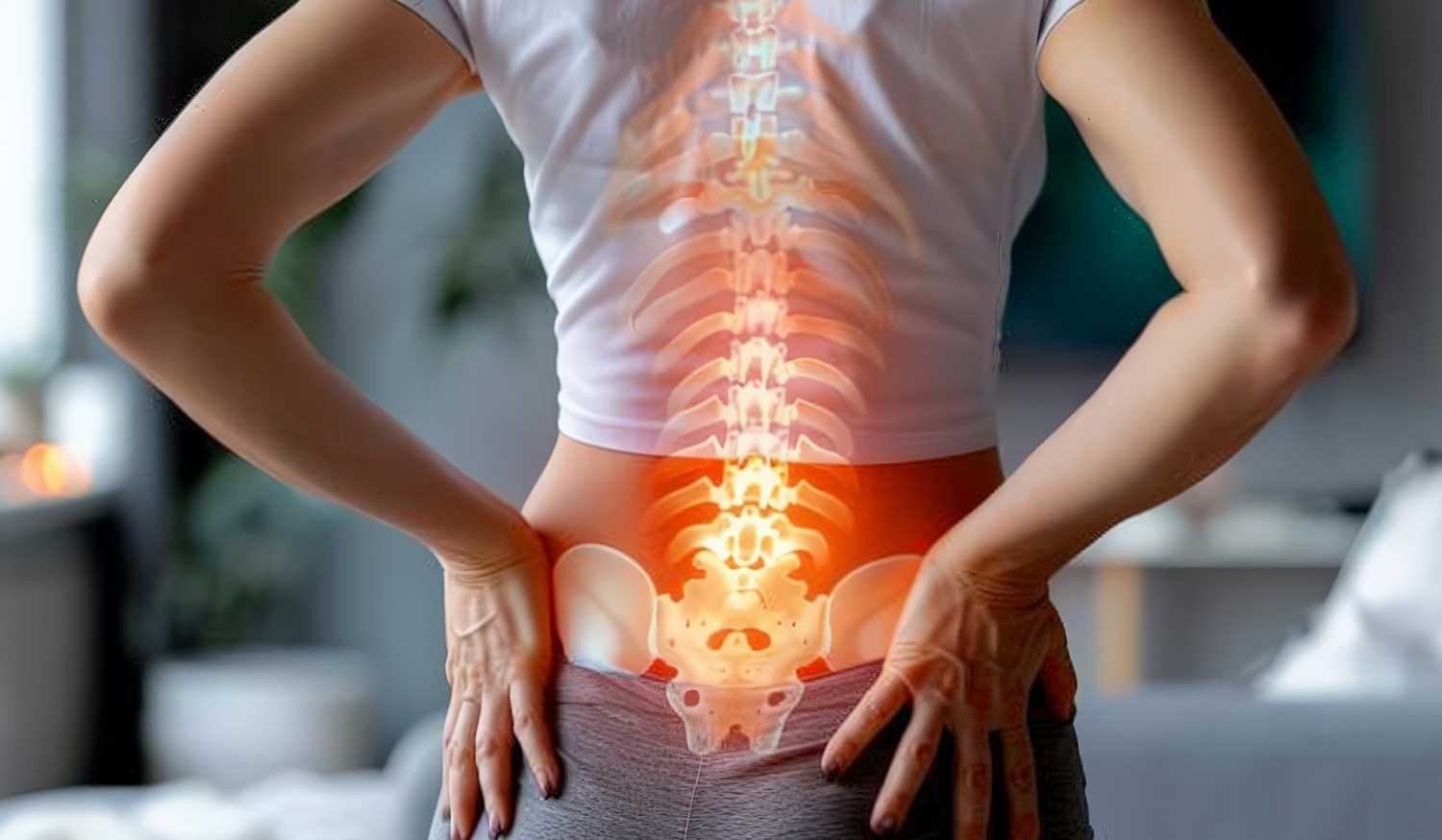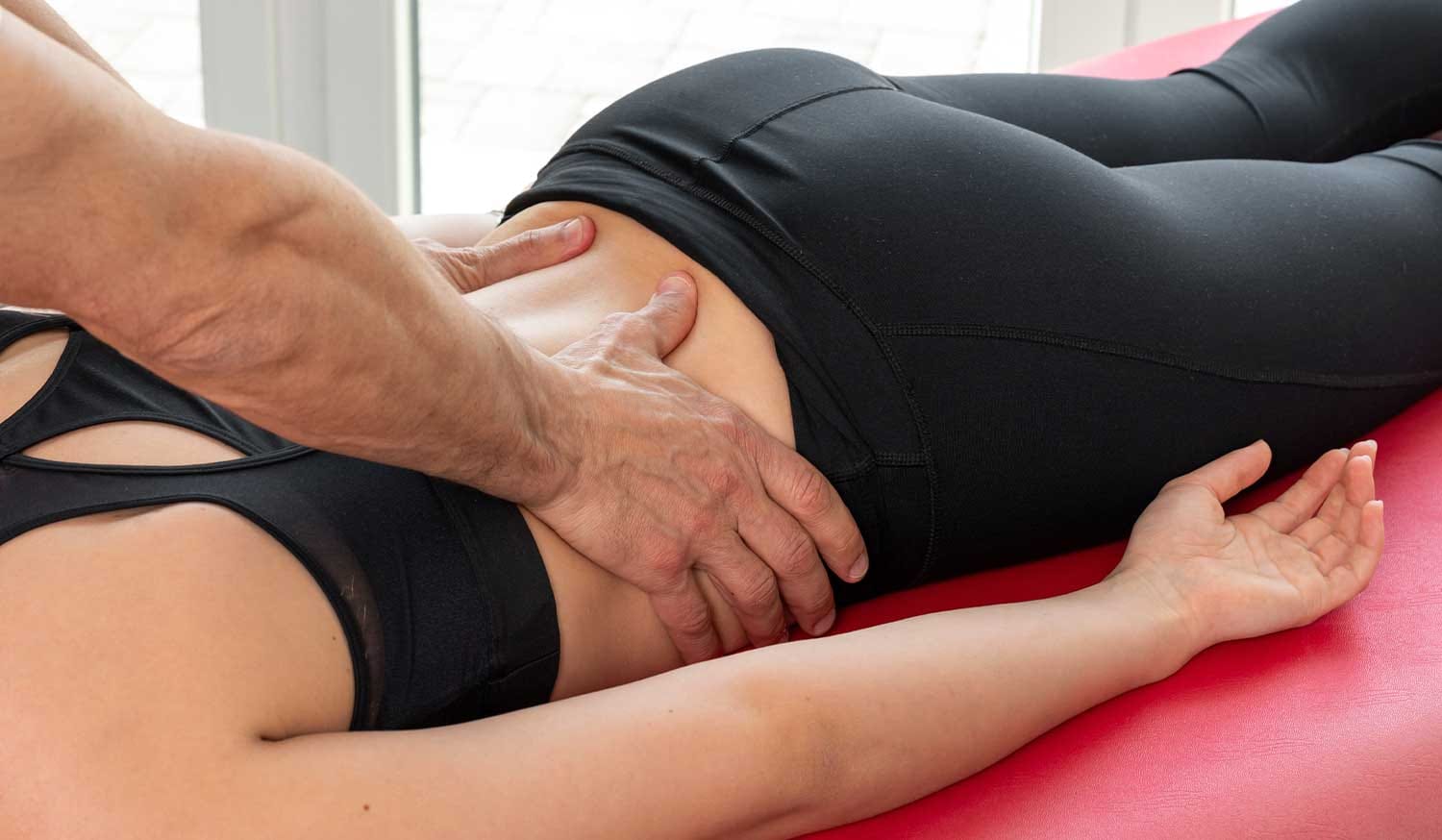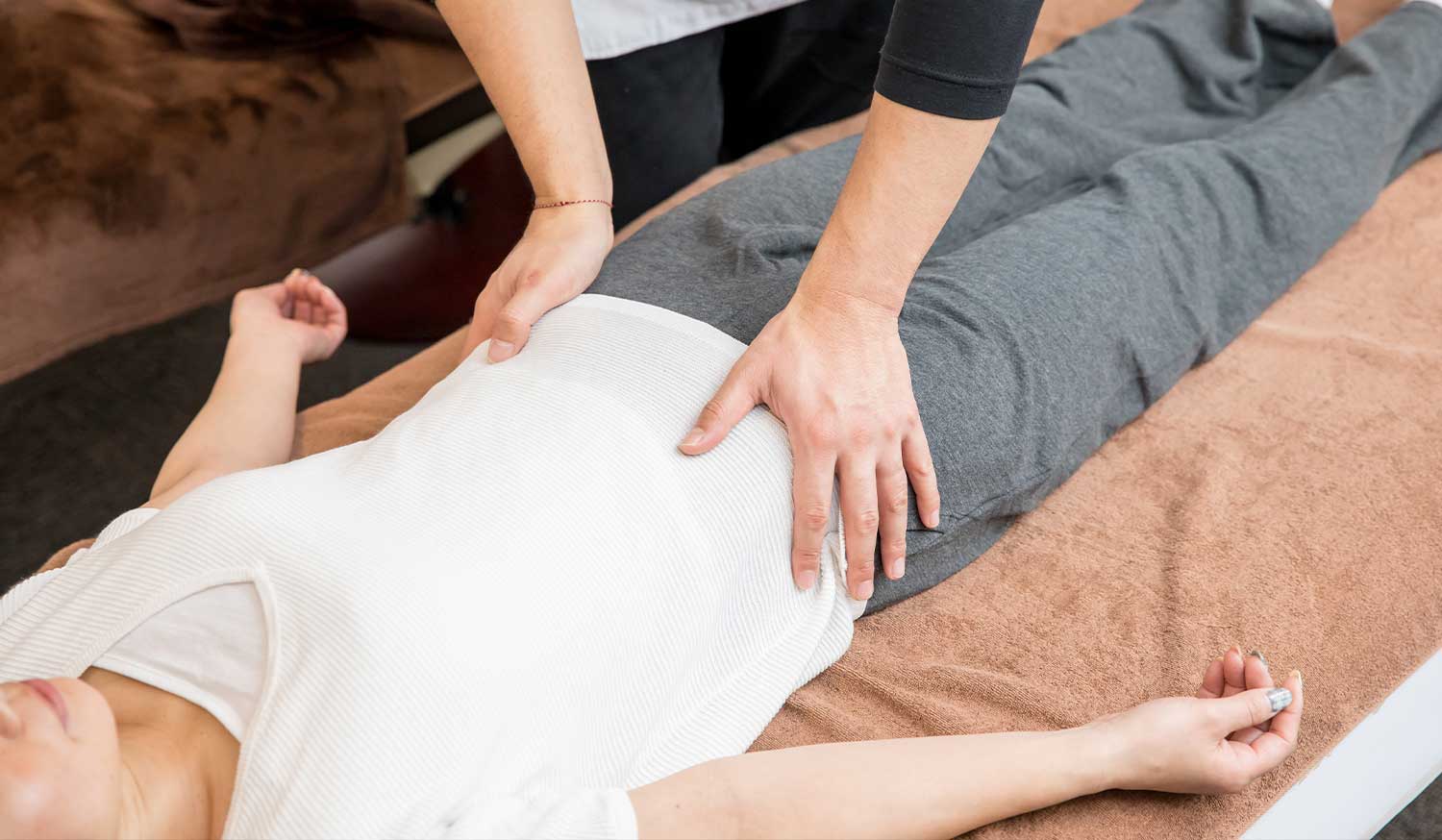MHV Clinic for pelvic girdle pain, provided by registered osteopaths. Evidence-based treatment and personalised care to reduce discomfort.

Pelvic girdle pain (PGP) refers to the discomfort experienced in the joints and ligaments of the pelvic region, specifically the sacroiliac joints at the back and the pubic symphysis at the front. Although it can affect anyone, PGP is most commonly reported during pregnancy. While PGP is not harmful to your baby, it can significantly limit daily activities and quality of life. Nhs.uk.
First and foremost, recognising the hallmark symptoms of PGP is essential:
Consequently, understanding what triggers PGP and how it can be managed is crucial for long-term well-being.
PGP arises when the pelvic joints move unevenly or become stiff, placing strain on surrounding ligaments and muscles. Several factors contribute:
Moreover, research shows that around 20% of pregnant women experience severe PGP, with about 8% reporting significant disability nice.org.uk. Therefore, early recognition and intervention are key to preventing symptom escalation.
Before commencing any treatment, a thorough assessment by a qualified practitioner is recommended:
By working with a regulated professional—such as a registered osteopath (General Osteopathic Council: gosc.org.uk), physiotherapist (Chartered Society of Physiotherapy: csp.org.uk) or chiropractor (British Chiropractic Association: BCA. UK)—you can ensure an evidence-informed approach that aligns with UK standards.

Osteopathy plays a pivotal role in managing pelvic girdle pain. At MHV Clinic, our chartered physiotherapists employ a combination of manual techniques and exercise prescription:
Consequently, many patients report improved function and reduced pain within a few weeks of targeted Osteopathy nice.org.uk.
Osteopathy adopts a holistic, whole-body approach to musculoskeletal issues. Our registered osteopaths at MHV Clinic focus on the interrelation between structure and function:
However, in line with the ASA’s guidance for osteopathy advertising, we avoid claiming conclusive cures or guaranteed outcomes. Instead, we emphasise that manual therapy may help reduce discomfort and improve mobility, while individual results vary asa.org.uk/advice-online/health-osteopathy.html).
Chiropractic care can further complement your PGP management:
Moreover, a multidisciplinary approach—combining physio, osteopathy and chiropractic—often yields the best outcomes for persistent PGP.
While professional treatment is invaluable, self-care forms the foundation of long-term PGP relief:
Furthermore, resources from high-quality UK domains—such as the NHS’s “Pelvic pain in pregnancy” page (nhs.uk) and patient leaflets from local NHS trusts—provide credible exercises and advice you can follow at home.
Below is an example of a gentle, daily routine—always perform within pain-free limits:

Always consult your registered practitioner before beginning a new exercise plan.
Although many cases of PGP improve with conservative care, seek immediate review if you experience:
In such situations, we may collaborate with your GP or obstetric team for imaging or specialist referral.

Selecting a clinic that is fully regulated and insured is paramount:
At MHV Clinic, all practitioners hold valid UK registrations, are covered by professional indemnity insurance, and engage in ongoing professional development. We strictly adhere to the ASA’s advertising codes, ensuring our claims are evidence-based ( asa.org.uk/advice-online/health-osteopathy.html).
In summary, pelvic girdle pain can be effectively managed through a combination of physiotherapy, osteopathy and chiropractic care, supported by daily self-management and ergonomic adjustments. By choosing qualified, regulated practitioners and following NICE and ASA guidelines, you can confidently address PGP and reclaim your mobility and comfort.
Ready to take the first step?
Contact MHV Clinic today to arrange your personalised pelvic girdle pain assessment and discover how our multidisciplinary team can help you move pain-free every day.